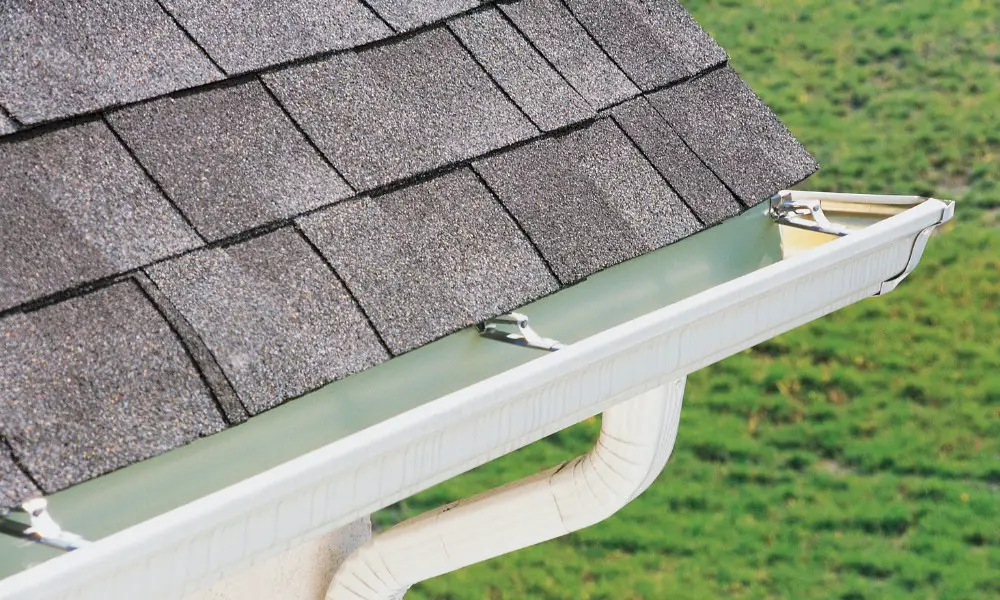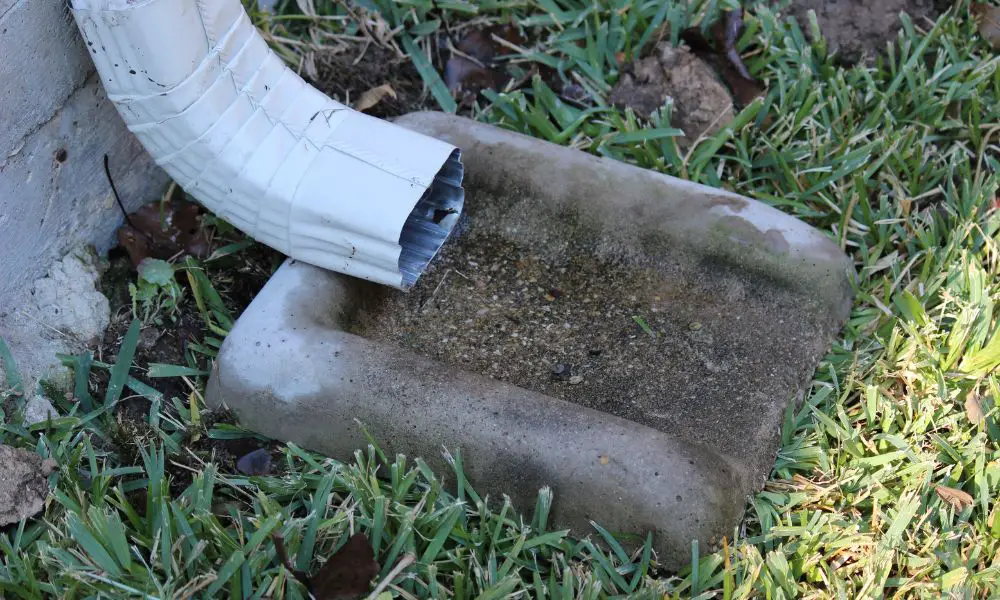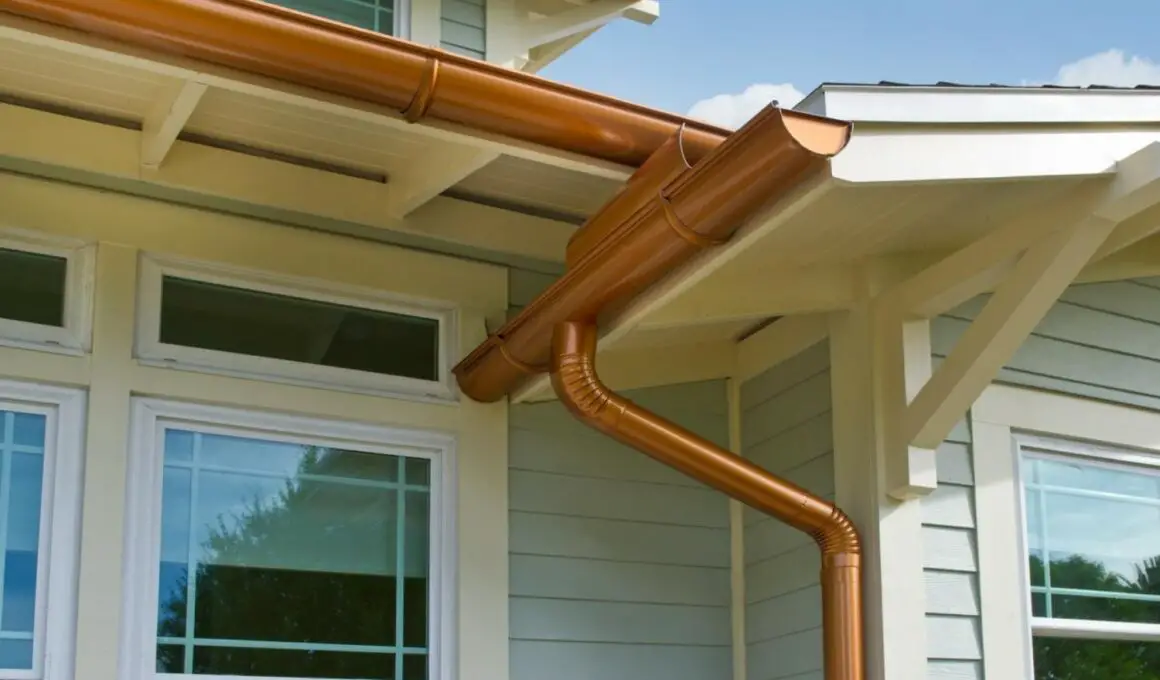Table of Contents Show
As an experienced homeowner and contractor, I’ve navigated countless house projects, consistently delivering results that leave my clients more than satisfied.
Selecting the appropriate gutter size is more than a matter of aesthetics; it’s about ensuring the longevity and functionality of your home’s rainwater management system.
Both 5-inch and 6-inch gutters have their unique advantages and applications, making this decision critical for homeowners. In this guide, I aim to break down the complexities of gutter sizing into easy-to-understand terms, helping you make an informed choice for your home.
Our journey through the world of gutters will cover everything from the basic roles of gutters in home exterior protection to the nuanced differences between the 5-inch and 6-inch options. Whether you’re gearing up for a new installation or considering an upgrade, this guide is your go-to resource for all things related to gutters.
5 Gutters vs 6 Gutters: Which Is Better
The main difference between 5-inch gutters and 6-inch gutters lies in their capacity for water management and suitability for various property sizes. The 5-inch gutters, commonly used in residential settings, are designed for average rainfall, offering efficient rainwater diversion for standard-sized homes. On the other hand, 6-inch gutters, with their larger capacity, are ideal for larger homes, commercial buildings, or areas experiencing heavy rainfall.

Pros and Cons of 5-Inch Gutters
Pros
- Suitable for Average Rainfall: 5-inch gutters are typically sufficient for areas with standard rainfall patterns, making them a practical choice for many residential properties.
- Cost-Effective: Generally, smaller gutters are less expensive, both in terms of materials and installation costs.
- Aesthetically Pleasing for Smaller Homes: Their size is often more proportionate to smaller homes, ensuring a seamless blend with the home’s exterior.
- Easier Maintenance: Smaller gutters can be easier to clean and maintain due to their more manageable size.
Cons
- Limited Capacity: In regions with heavy rainfall, 5-inch gutters may not efficiently handle the volume of water, leading to potential overflow.
- Not Ideal for Large Roofs: Larger homes or roofs with a steep pitch might require a gutter with greater capacity to manage water effectively.
- Prone to Clogging: Due to their smaller size, they can clog more easily with leaves and debris, especially if not regularly maintained.
- May Require More Frequent Cleaning: To prevent clogging and ensure optimal performance, 5-inch gutters often need more regular cleaning compared to larger gutters.
Pros and Cons of 6-Inch Gutters
Pros
- Higher Capacity: 6-inch gutters can handle a significantly larger volume of water, making them ideal for regions with heavy rainfall or larger roof areas.
- Reduced Overflow Risk: The increased size reduces the risk of overflow during intense storms, protecting the home’s foundation and landscaping.
- Less Frequent Cleaning: Thanks to their larger size, these gutters are less prone to clogging from leaves and debris, potentially reducing maintenance frequency.
- Suitable for Larger Homes and Commercial Buildings: Their capacity and size make them a preferred choice for larger residential properties and commercial gutters, where efficient water management is crucial.
Cons
- Higher Cost: Larger gutters typically come with higher material and installation costs compared to smaller gutter systems.
- More Prominent Appearance: Due to their size, 6-inch gutters are more visible and may impact the aesthetic appeal of smaller homes.
- Potentially More Challenging Installation: The installation of larger gutters might be more complex, potentially requiring professional assistance and incurring additional labor costs.
- Overkill for Smaller Homes: In areas with moderate rainfall or for smaller homes, 6-inch gutters may be unnecessarily large, leading to unnecessary expenses.

Factors to Consider When Choosing Gutter Size
1. Climate
- Rainfall Intensity: In areas with heavy or frequent rain, larger gutters (like 6 inches) are preferable for their higher water handling capacity.
- Snow and Ice: Regions with heavy snowfall might benefit from larger gutters to manage melting snow and ice effectively.
2. House Size and Roof Area:
- Larger Homes: Bigger homes with extensive roof areas typically require larger gutters to efficiently manage the higher volume of water.
- Smaller Homes: For smaller homes, 5-inch gutters are usually adequate and more cost-effective.
3. Roof Pitch
- Steep Roofs: Steeper roofs tend to collect and channel more water rapidly, which may necessitate larger gutters to prevent overflow.
- Flat or Low-Pitched Roofs: These may work well with smaller gutters, as water is not channeled as forcefully.
4. Aesthetics and Design
Consider how the gutter size complements your home’s exterior. Larger gutters might be more visible and could impact the overall aesthetic.
5. Local Building Codes and HOA Regulations:
Be aware of any local regulations or homeowners association rules that might influence gutter selection.
6. Future Weather Considerations
If climate patterns are changing in your area (increasing rainfall, for instance), opting for a larger size might be a forward-thinking choice.
In essence, when it comes to gutter selection, balancing the practical needs dictated by your local climate, house size, and roof pitch with aesthetic considerations is key to ensuring effective and visually pleasing rainwater management for your home.













